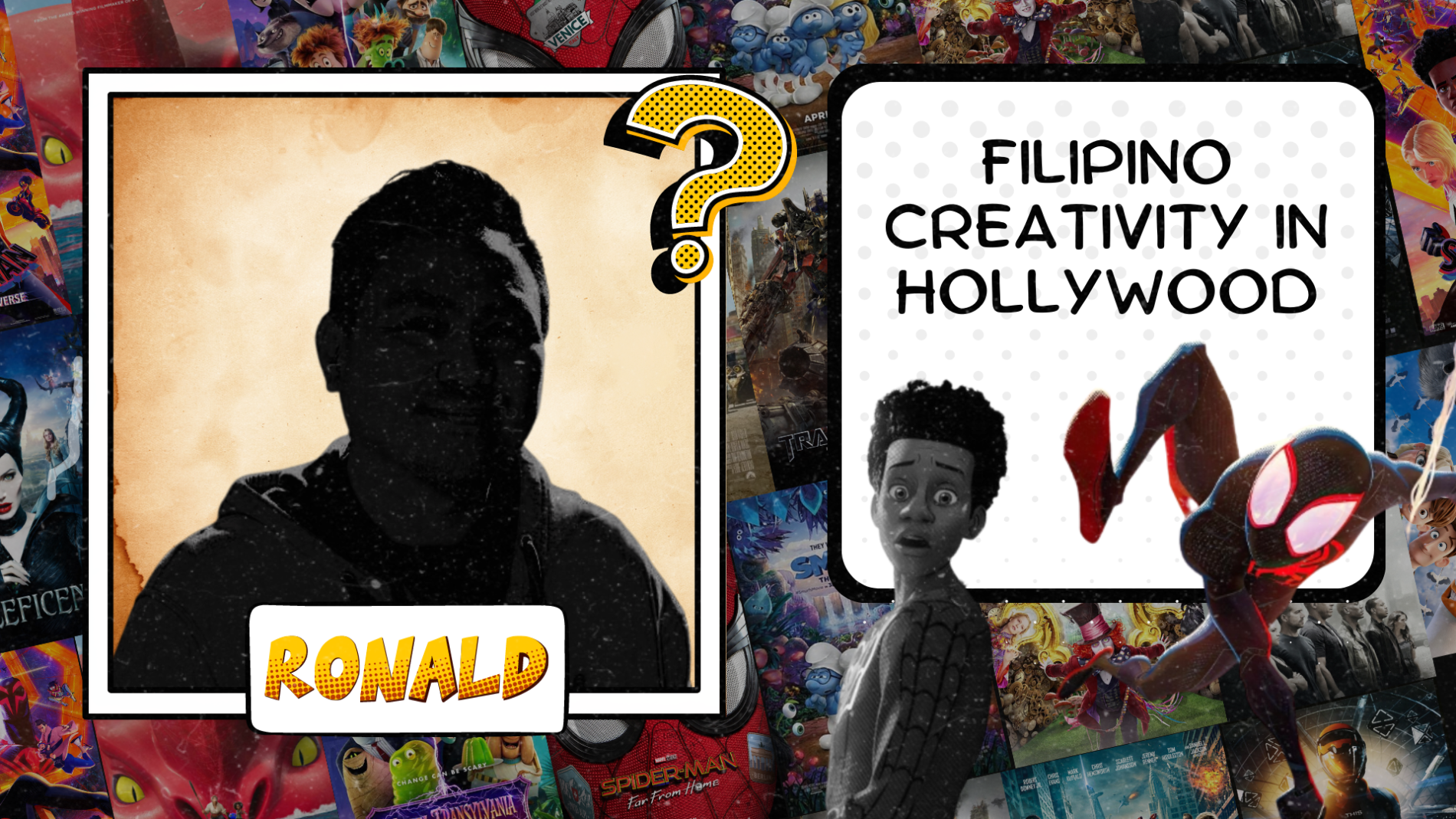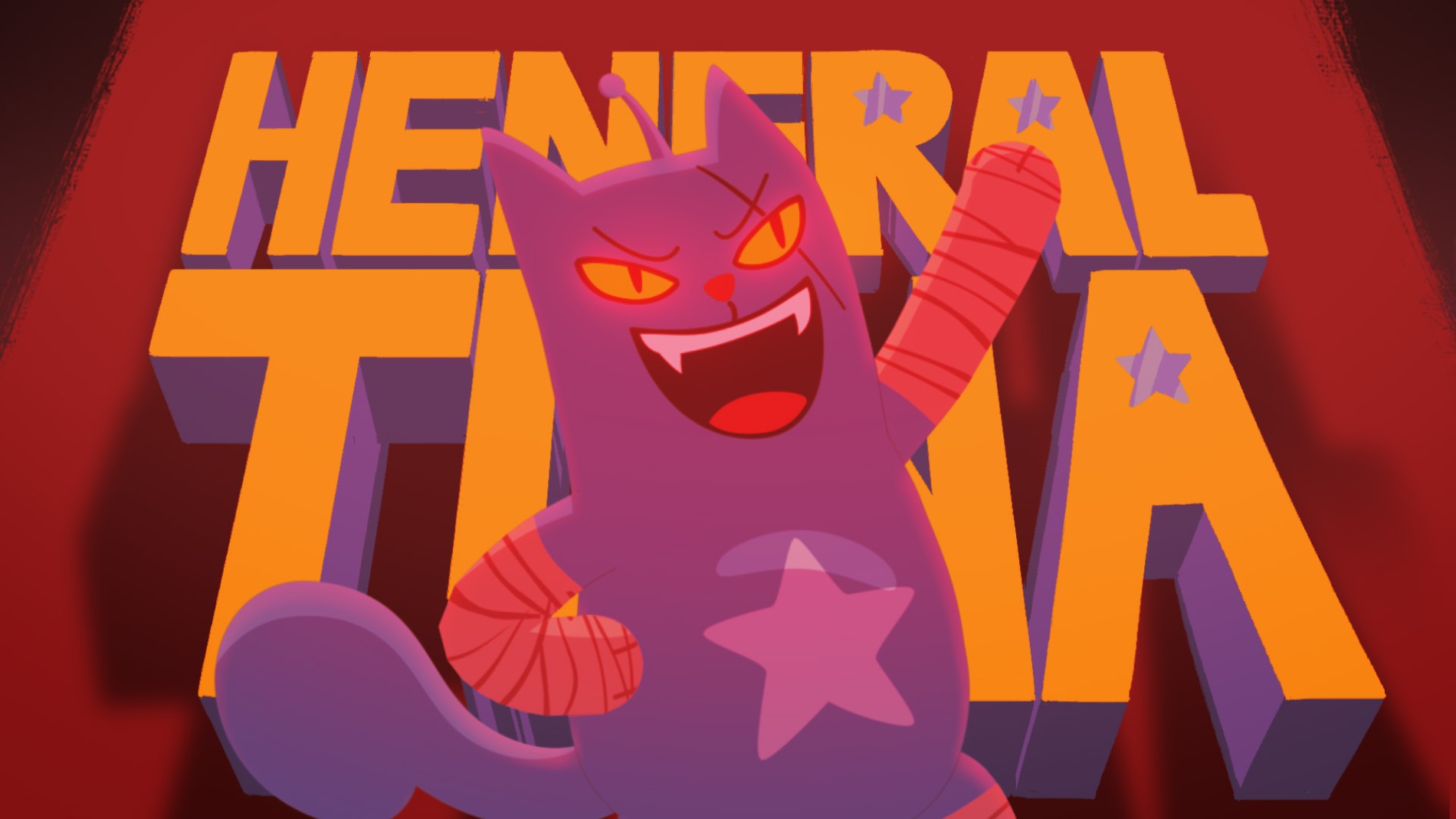
From Gagamboy to Spiderman: How Across the Spider-Verse Artist Ronald Samson Weaves Light Into a Story
By Arry Asiddao
August 09, 2023
Many of us first develop a sense of what we want to do with our lives during our childhood when watching cartoons and flipping through storybooks, we see doctors, teachers, and astronauts. However, growing up, not everyone has the opportunity to follow their dreams and turn them into reality. One of the lucky ones is Filipino-Canadian artist Ronald Samson, who aspired to create the characters he saw on the screen.
Of course, it was not just luck that brought him to Hollywood as a lighting and compositing artist, but a combination of ambition, persistence, and hard work. And the childlike wonder that he swore not to lose in a pact with his brothers.
“Watching Saturday morning cartoons with my brothers was our bonding time. We would normally imagine being the characters, reenacting some of the scenes we saw. We promised each other that we would never stop watching cartoons even when we grew up,” Samson recalls.

Samson cites his childhood experiences as a driving force behind his decision to pursue animation. However, his journey was never cut and dried, as animation was a new and fledgling field at the time, and there was no established path to follow, no college program to get started with. So he then studied fine arts at the University of Santo Tomas, where he became the art editor of The Varsitarian.
It was at a job fair in his senior year of college that he came across a local-based US-owned and operated computer graphics animation studio called Imagineasia.
“I was one of the handful who got hired after taking a few art-related tests. We were given six months of training in the most advanced computer graphics software at that time, and I was chosen to work as a trainee in the US on an actual Hollywood movie,” Samson shares.
Before working in Hollywood, Samson had taken part in local productions such as Enteng Kabisote: Okay ka fairy ko... The legend and the Spiderman parody Gagamboy. But it was after his involvement in a Hollywood film that Samson's career flourished, with doors opening for him to work on similar projects. After a few more gigs, he took on Star Wars: The Clone Wars where he had the opportunity to meet and talk with the Star Wars creator George Lucas and producer Dave Filoni during production.
“The Starwars: Clone Wars series is definitely one of my favorites and had a significant impact on me as an artist. I am a huge Star Wars fanatic and being a part of that universe by contributing my artistic take on a lot of the scenes was an honor.”
Following this, Samson continued to build an impressive portfolio as a lighting and compositing artist that includes films such as the Oscar winner Rango, as well as Hotel Transylvania 2, 3 and 4, Maleficent, and The Avengers. He recently worked on Spider-Man: Across the Spider-Verse, the film that catapulted his name into the limelight. He was also a lighting artist for Spider-Man: Into the Spider-Verse and Spider-Man: Far from Home.

Samson describes his job as giving the scene the color, lighting, and ambience that complement both the story and the characters. As the final stop in the animation process, he brings together different elements from other departments to create images that elicit an emotional reaction from the viewer.
Samson cites Across the Spider-Verse as an example, where the lighting and effects had to complement the exhilarating fight scenes between Miles Morales and Spot. He mentions Spot’s portals as extra challenging, as they were meant to look like ink blots on paper, which were hard to achieve in a fast-paced sequence.
“When they were both going through portals and in and out of the buildings’ shadows and into the sunlight, I had to determine when the two characters’ body parts get perfectly exposed in lights, properly calculating how to get the right amount of mood and color as they move.”
Samson emphasizes the importance of collaboration and constant communication in the animation process. He shares that he would typically engage in at least three to five meetings with the creative team daily to ensure that scenes were executed perfectly.
“Each scene goes through a thorough review process until it is in excellent form. To do so, I and the other artists and directors bounce ideas off each other.”
When asked about how his Filipino roots influence his work, Samson believes that he unconsciously draws ideas from all the artistic expressions that he witnessed growing up in the Philippines.
“Filipinos have a very colorful history that overflows in any form of creativity, may it be in dancing, singing, or the visual arts. You can see that in our very lively and extravagant fiestas as well as in our vibrant and colorful jeepneys that are painted to stand out and have their own unique design.”
He also adds, “I am proud and always happy to impart my Filipino values if given an opportunity to do so.”
Making your mark in any industry can be a tough feat, especially for individuals from underrepresented backgrounds. Samson shares that it took him a lot of learning and persistence through the years, as well as a great deal of creative expression, to stand out in a pool of talented artists.
According to Samson, flexibility in the fine arts is crucial for aspiring animators, as it allows them to approach their work from different angles and lenses. But to him, what is most important is perseverance and knowing when to seize opportunities.
“Keep working hard to get whatever you dream of, seek opportunity, and grab it when you see it. Lastly, do not let any failure keep you from pursuing your goal, and be open to prospects that can open doors for you.”


